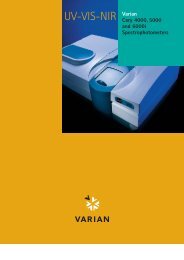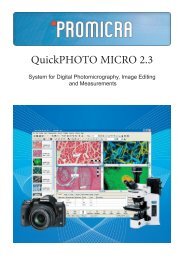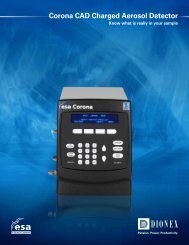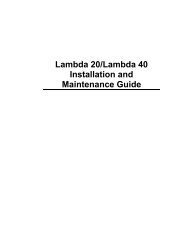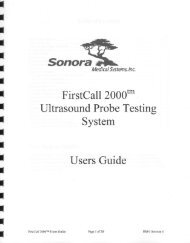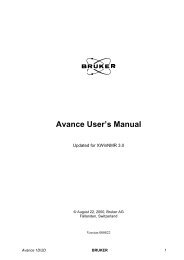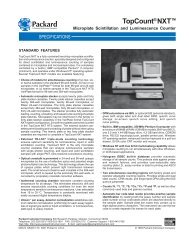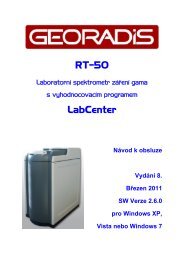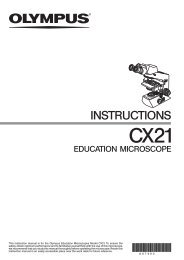HR-33T Dew Point Microvoltmeter Instruction/Service Manual ...
HR-33T Dew Point Microvoltmeter Instruction/Service Manual ...
HR-33T Dew Point Microvoltmeter Instruction/Service Manual ...
Create successful ePaper yourself
Turn your PDF publications into a flip-book with our unique Google optimized e-Paper software.
Consider a hypothetical thermocouple junction whose temperature is determined exclusively by the heat transferredto it or away from it by condensing or evaporating water. Assume also that the junction has an initial temperatureT, and that it is covered with water. If T is above the dew point, water will evaporate from the junction, carryingwith it the heat of vaporization until the temperature of the junction falls to the dew point, at which timeevaporation will cease. If T is below the dew point, additional water will condense upon its surface, and the heatof condensation will raise the temperature of the junction until it reaches the dew point, at which timecondensation will cease.Therefore, given the aforesaid independence from all heat transfer except that due to water, the temperature ofa wet junction will always converge upon the dew point.4.4 – <strong>HR</strong>-<strong>33T</strong> <strong>Dew</strong> <strong>Point</strong> SystemIn the real world, it is not possible for a thermocouple junction to be independent of heat transfer mechanisms thatnature calls into play. Nevertheless, considering the circumstances that will prevail whenever a measurement ofwater potential is to be made, it is possible to simulate the above described hypothetical situation. During themeasurement, the wet junction temperature will always be below the temperature of its surroundings. Therefore,heat will tend to flow from the surroundings to the junction. Using Peltier cooling, a counter flow of heat can becreated whose magnitude is adjusted electrically to exactly balance the heat inflow for a net energy transfer of zero.It this balanced condition is set up on a dry thermocouple to account for all heat transfer mechanisms other thancondensing or evaporating water, then when the junction is wet, its temperature will be influenced only by thewater, just as in the hypothetical example.To illustrate, let the heat transfer from the surroundings to the dry thermocouple be represented by the relationshipdW s= k)T (6)dtwhere k is a proportionality constant representing effective thermal conductivity, and )T is the temperaturedifferential between the temperature of the surroundings and the thermocouple junction.Although the general mathematical description for radiative and conductive transfer mechanisms to and from thejunction are considerably more complex than the above relationship, for small )T, such as applies here, the simplelinear model of equation (6) is sufficiently accurate. 55Smith, et al, op cit, p. 48.20



